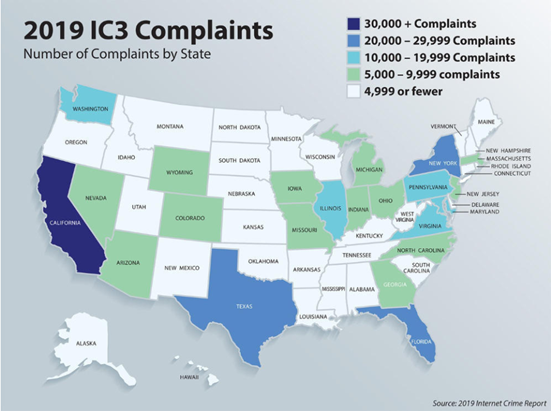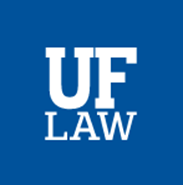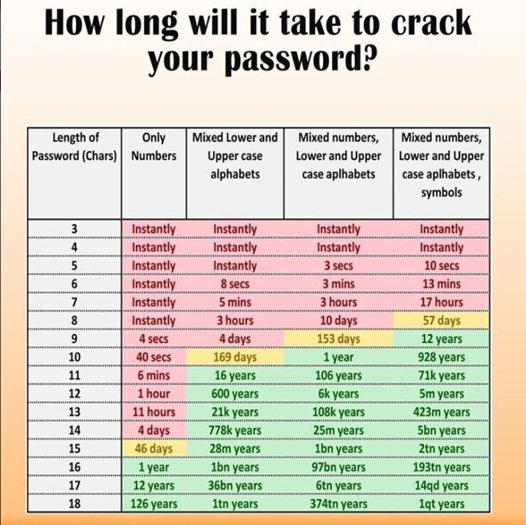Plaintiff Tells Defendant “File Motion to Compel”, Defendant Does and Wins: eDiscovery Case Law
In White v. Relay Res. & Gen. Servs. Admin., NO. C19-0284-JCC (W.D. Wash. Feb. 14, 2020), Washington District Judge John C. Coughenour granted the defendant’s motion to compel, requiring the plaintiff to provide documents responsive to the defendant’s requests for production, provide the information requested in each interrogatory and provide initial disclosures and that “[f]ailing to provide this information may result in sanctions under Rule 37, including dismissal of the matter.”
Case Background
In this employment discrimination claim against the defendant where the plaintiff alleged the defendant discriminated against her because she is deaf, the defendant served 31 requests for production and 13 interrogatories on the plaintiff in November 2019. The plaintiff responded to these requests about a month later, objecting to the requests for production on various grounds and failing to indicate whether she was withholding responsive documents. In response to the interrogatories, the plaintiff raised broad objections and did not provide any of the requested information, indicating in each response that she would later provide the requested information if it was “relevant” to responding the interrogatory. The defendant also claimed that the plaintiff did not produce initial disclosures.
The defendant attempted to meet and confer with the plaintiff two days after receiving her responses, expressing concern with sufficiency of her responses and offering an extension for the plaintiff to supplement her responses. The defendant also requested an in-person meeting to attempt to resolve the discovery dispute, but the plaintiff refused to meet outside the State of Virginia and also refused a teleconference, stating that she did “not have any line of communication open except emails and written communication.” So, the defendant proceeded to email the plaintiff specific examples of its “serious concerns regarding the insufficiency of [her] responses.” The plaintiff then supplemented her responses to the requests for production with three screenshots of email correspondence between the plaintiff and the defendant’s employees about benefits, as well as a scanned page from a yearbook. In response, the defendant informed the plaintiff that if she did not provide responsive documents or answers to its interrogatories by the extended deadline, it had no choice but to file a motion to compel with the Court. Instead of further supplementing her responses, the plaintiff replied, “Ok. File Motion to Compel.”
Judge’s Ruling
Judge Coughenour first noted that “although the parties did not meet in person or have a telephone conference, Defendant made a good faith effort to satisfy the meet-and-confer requirement before filing the instant motion to compel. Defendant made multiple attempts to resolve its discovery dispute before reaching a genuine impasse on December 30, 2019, when Plaintiff told Defendant to ‘File Motion to Compel.’…Consequently, Defendant has satisfied the meet-and-confer requirement.”
With regard to the requests for production, Judge Coughenour stated: “the Court has reviewed Defendant’s requests for production, and they appear to be relevant and proportional to the case… The Court acknowledges Plaintiff is not represented by counsel and that she may be responding to and cooperating with Defendant to the best of her ability…Nevertheless, Plaintiff’s perfunctory objections do not reflect a good faith effort to comply with discovery rules. Plaintiff must make reasonable efforts to provide documents responsive to Defendant’s requests for production. Failure to do comply may result in sanctions, including dismissal of the present action.”
With regard to the interrogatories, Judge Coughenour found “Defendant’s interrogatories to be facially relevant and proportional to the needs of the case.” He also stated: “Here, Plaintiff raised vague, broad objections to each of Defendant’s 13 interrogatories and did not provide any of the requested information…Within 30 days, Plaintiff must provide Defendant with the information requested in each interrogatory. Failing to make reasonable efforts to respond to Defendant’s interrogatories may result in sanctions under Rule 37, including dismissal of the matter.”
Judge Coughenour also stated, in fully granting the motion to compel: “Plaintiff is ordered to provide Defendant with initial disclosures at this time. Failing to provide this information may result in sanctions under Rule 37, including dismissal of the matter.”
So, what do you think? Is the plaintiff’s failure to obtain counsel representation jeopardizing her case before it even gets going? Please let us know if any comments you might have or if you’d like to know more about a particular topic.

Case opinion link courtesy of eDiscovery Assistant.
Sponsor: This blog is sponsored by CloudNine, which is a data and legal discovery technology company with proven expertise in simplifying and automating the discovery of data for audits, investigations, and litigation. Used by legal and business customers worldwide including more than 50 of the top 250 Am Law firms and many of the world’s leading corporations, CloudNine’s eDiscovery automation software and services help customers gain insight and intelligence on electronic data.
Disclaimer: The views represented herein are exclusively the views of the author, and do not necessarily represent the views held by CloudNine. eDiscovery Daily is made available by CloudNine solely for educational purposes to provide general information about general eDiscovery principles and not to provide specific legal advice applicable to any particular circumstance. eDiscovery Daily should not be used as a substitute for competent legal advice from a lawyer you have retained and who has agreed to represent you.









